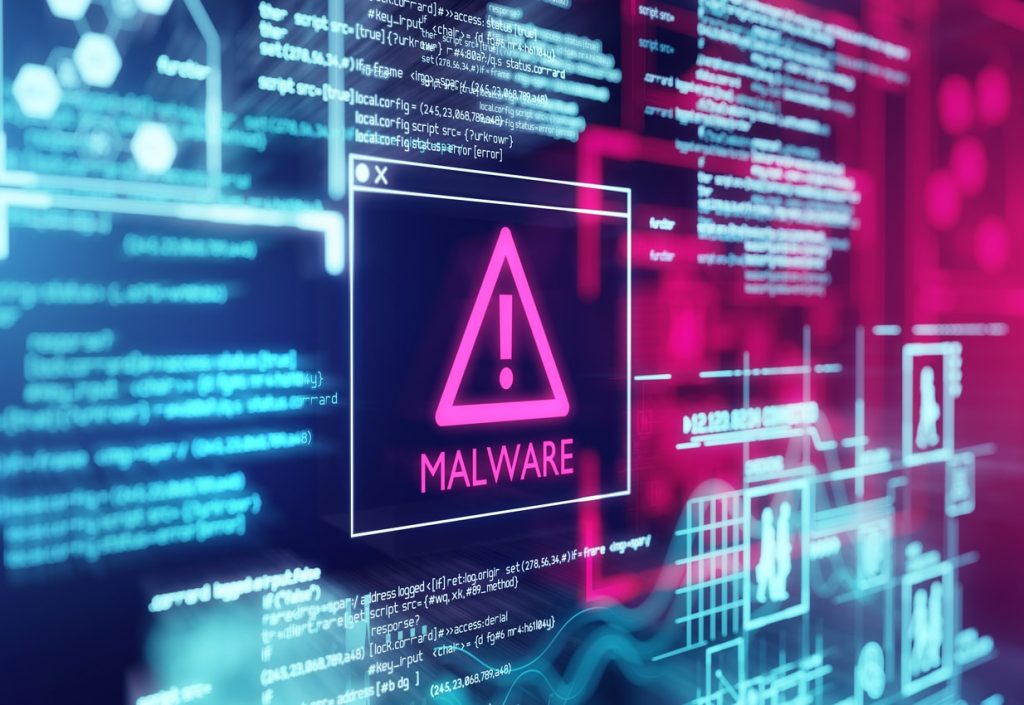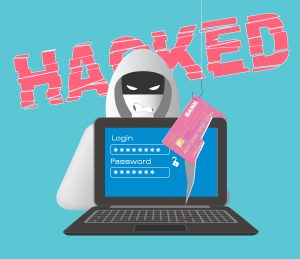Malicious software, or malware for short, includes a complete set of procedures, routines and programs associated with the dedicated operation of a computer system, but is designed with harmful intent.
It may be developed for a wide range of purposes from causing damage to user devices, stealing confidential data, or simply wreaking havoc. Malware comes in various different forms such as spyware, adware, ransomware, Trojan horses and the infamous computer viruses.
It is typically engineered by groups of hackers who may be seeking to gain a reputation in the cybercriminal world for their ingenuity or looking to acquire money. The is achieved either by disseminating the malware themselves or via online auctions on the Dark Web, where it is sold off to the highest bidder.
Malware has been developed for many other reasons, however, just as testing security measures, conducting political protests, or as a weapon used to wage silent wars by world governments surreptitiously.
Regardless of how or why malware is created, it is never good news when it ends up infecting your enterprise systems and interconnected company devices. In the next passages, we’ll take a deeper look at this dangerous and damaging option in the cybercriminal arsenal, examining how it works and the way businesses can evade it using real-world methods and security applications.
What are malware’s capabilities?
Malware is able to execute a diverse range of tasks to the detriment of enterprises. It can steal sensitive data or wipe out entire networks depending on its design. Malware can also break weak passwords, bypassing portals, and boring into systems where it is able to spread throughout networks reaching even more victims. It is a common force behind the majority of recorded cyberattacks, including information and identity theft, and large-scale data leaks where troves of data are exposed.
Threat operators launch malware attacks on individuals, organisations, institutions, governments, and businesses of all sizes, from sapling start-ups to leading multinationals. Malware is a broad class that includes many different types engineered to impact systems and devices in specific ways.
What are the different malware types being used against enterprises?
Different kinds of malware are classified based on the way they behave and spread. The following are just some of the numerous malware types on record:
Viruses
Like a limpet, computer viruses latch onto clean data files and then infect other clean records. If not stopped, they can circulate uncontrollably, devastating the core functionality of a computer system while corrupting or deleting data files.
Worms
Similar but not identical to viruses, worms spread but require no host file to execute. They can easily infect complete networks of interconnected enterprise devices, whether they are linked locally or via the internet through the use of network interfaces.
Trojan horses
This malware type cloaks itself as a legitimate piece of software or is secreted within an authentic software product that has been maliciously altered. Trojans typically act discreetly, often creating backdoors in an enterprise’s security perimeter, allowing other forms of malware access.
Spyware
As the name suggests, this kind of malware observes user activity and reports back to its master. It can hide undetected on devices while recording online interactions, allowing it to obtain company payment card numbers, passwords and usernames.
Adware
While not always designed with malicious reasons in mind, aggressive software for advertising can sometimes undermine your firm’s security and serve up unwanted and annoying ads to you. This can offer more dangerous forms of malware a route into your systems. Pop-ups can also be exploited by threat actors and used to deploy malicious software when users try to close them.
Ransomware
An example of crypto-malware, ransomware is designed to encrypt enterprise data records and systems. Threat operators will then threaten to expose or erase data unless payment in Bitcoin is made for their safe return.
How can you protect your company against malicious software?
As with most forms of cyberattack, the old saying that an ounce of prevention is worth a pound of cure rings true. Ensure that your staff are cybersecurity aware and understand the threats from social engineering tactics. These may include too-good-to-be-true offers, alerts that need urgent action and unfamiliar emails requesting private data. All these instances are commonly used strategies by those deploying malicious software.
Dataflow and downloads should be filtered and monitored, as malware may be hidden inside authentic software products. Use a powerful anti-virus and anti-malware solution, but make sure that this is updated regularly to ensure it remains effective. Updates include vital security patches that if unimplemented can lead to hackers exploiting known vulnerabilities in security software and gaining access to your systems. Run regular scans of your system to check for any infiltration from malware packages. Up-to-date backups are also key – if your files become infected, you can restore your company data from clean copies and avoid any disruption to your business.
Are you looking for increased cybersecurity at your firm?
With a strong understanding of the diverse threats aimed at organisations and enterprises around the world, we have developed a secure solution suited to businesses in every sector here at Galaxkey. Rather than tackling each weapon in the cybercriminal toolkit, we have instead created a risk-free environment with paramount protection levels so enterprise staff can work securely.
Our system might be formidable, but it is also user friendly to ensure it is always used effectively. Once in effect, your personnel will be able to send secure communications or store confidential data that has been safeguarded with cutting-edge three-layer encryption. This advanced information security option will ensure that you are defended against expensive data breaches and remain compliant with regulations set by the UK’s Information Commissioner’s Office (ICO).
Staff members will also be able to track documents and validate senders, leaving your firm less exposed to malicious attacks. With no passwords stored and zero back doors hackers can use to gain access, our secure workspace is an ideal option for the current cybersecurity landscape.
Get in touch today and step up the security levels with an online demonstration and a free two-week trial.



